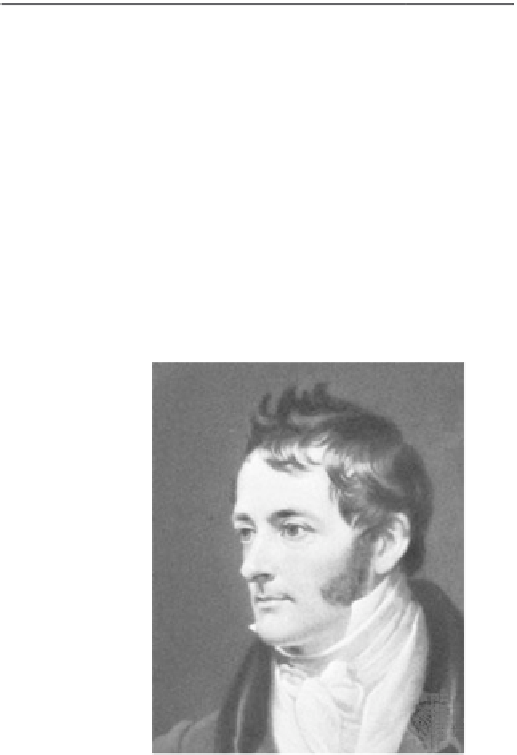Environmental Engineering Reference
In-Depth Information
TABLE 14.1
Characteristics of Selected Gases
Carbon
Dioxide
Oxygen
Nitrogen
Argon
Composition of air (%)
20.946
78.084
0.934
0.032
Atomic weights
(g mol
-1
)
31.9988
28.0134
39.948
44.0098
Atomic volume
(L mol
-1
)
22.392
22.403
22.39
22.263
K
a
1.42903
1.25043
1.78419
1.97681
A
b
0.5318
0.6078
0.426
0.3845
Source:
AFS,
Computation of Dissolved Gas Concentrations in Water as Functions of
Temperature, Salinity and Pressure
, Special Publication 14, American Fisheries
Society, Bethesda, MD, 1984.
a
mL L
-1
*K = mg L
-1
.
b
Partial pressure (mmHg) = C
i
A
i
/Beta
i
, where C
i
= concentration in milligrams per liter
and Beta = Bunsen coeficient.
Autochthonous sources may include production and respiration by plants, decomposition (aerobic
or anaerobic), and chemical reactions. Allochthonous sources of gases in lakes, in addition to atmo-
spheric exchange, may include groundwaters, and volcanic activity. In addition, the artiicial injec-
tion of air into lakes may be used to improve oxygen conditions or to destratify lakes. The injection
of pure oxygen is also used to improve oxygen conditions in lakes.
14.1.4 G
aS
S
oLubILIty
The relationship between the amount of gas that can be absorbed by water and the partial pressure
of the gas over the water is described by Henry's law. Henry's law is named after J. William Henry
(1774-1836; Figure 14.1), an English chemist credited with the relationship.
FIGURE 14.1
William Henry and his paper on gas law. (Courtesy of Wikimedia Commons from the trustees
of the British Museum and the Royal Society of London.)


Search WWH ::

Custom Search